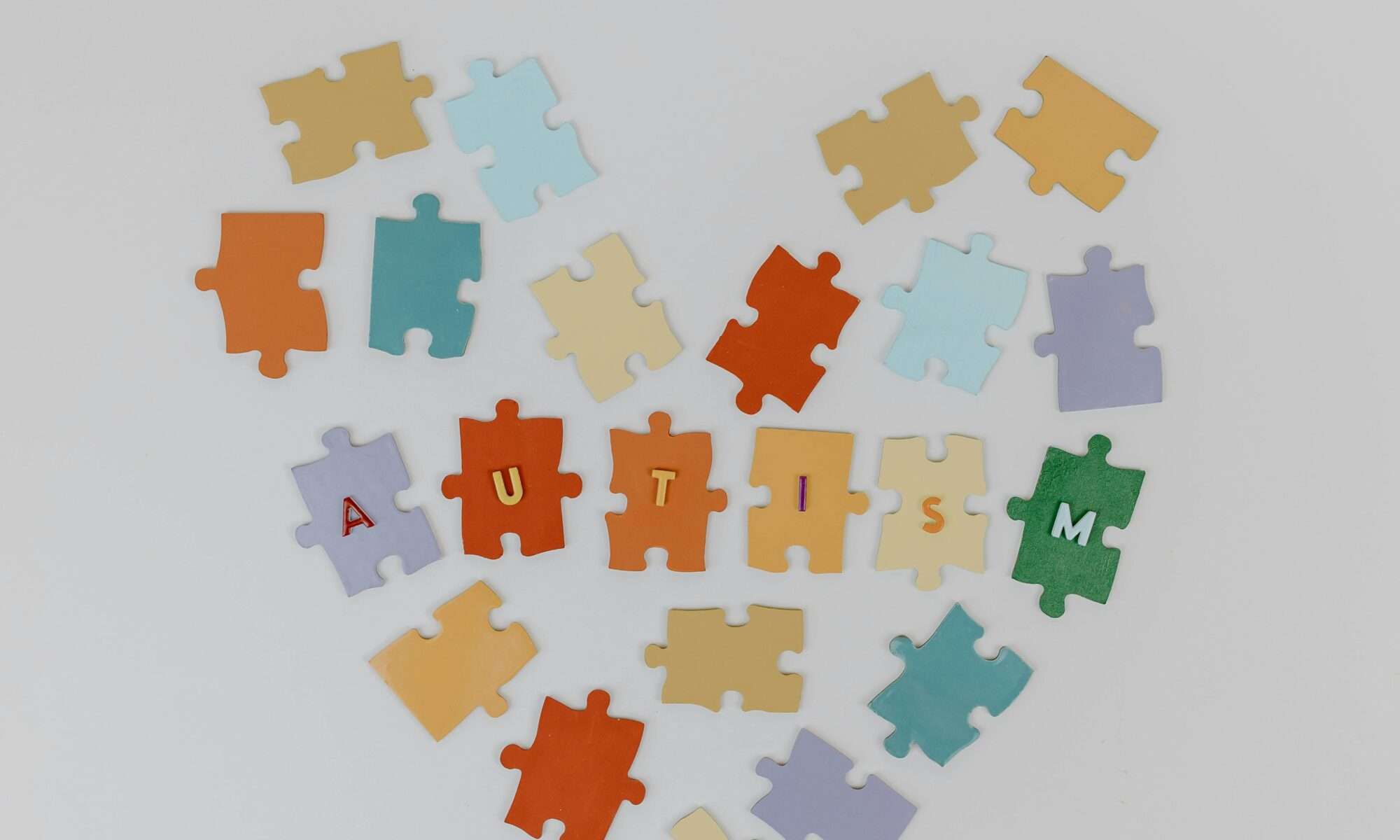Understanding the Levels of Autism
Autism spectrum disorder (ASD) is a complex neurological and developmental condition that affects how individuals interact with others, communicate, learn, and behave. It is known as a “spectrum” disorder because there is a wide range of symptoms and levels of severity. Understanding the different levels of autism can help in providing the appropriate support and interventions for individuals on the spectrum.
 Autism Spectrum Disorder
Autism Spectrum Disorder
Autism is not a one-size-fits-all condition; it manifests differently in every individual. Some may experience mild symptoms, while others may face more severe challenges. The term “spectrum” accurately captures this diversity, emphasizing that autism affects people differently. By categorizing autism into specific levels, clinicians can better identify the appropriate treatments, therapies, and support systems needed for each individual. This structured approach also helps families and educators develop personalized care plans that address the unique needs of those living with autism. For more insights and support on autism, visit Delhi Mind Clinic, a leading resource for mental health care.
For the Best Doctor Consultancy, visit:
What Are the Levels of Autism?
The Diagnostic and Statistical Manual of Mental Disorders, Fifth Edition (DSM-5), categorizes autism into three levels based on the amount of support an individual needs. These levels help clinicians, caregivers, and educators understand the severity of the disorder and tailor interventions accordingly.
Level 1: Requiring Support
Individuals with Level 1 autism require some support in their daily lives. They may have difficulty initiating social interactions and may struggle with organization and planning, which can hinder their independence. However, they are often able to function in typical settings with minimal assistance.
Social Communication
- Difficulty with social interactions, but can engage in conversation.
- Struggles with understanding social cues, body language, and tone of voice.
- May appear awkward in social settings.
Behavioral Traits
- Inflexibility in behavior and thought, which can interfere with daily functioning.
- Difficulty transitioning between activities.
- May have restricted interests or repetitive behaviors.
Level 2: Requiring Substantial Support
Individuals with Level 2 autism require more substantial support. They may have more pronounced social deficits and struggle more with communication and repetitive behaviors. Support is often needed in various aspects of daily life, including social interactions, learning, and self-care. For a better understanding, you can visit the National Institute of Mental Health (NIMH) on Autism Spectrum Disorder.
Social Communication
- Marked deficits in verbal and nonverbal communication skills.
- Limited initiation of social interactions and reduced response to social overtures.
- Social interactions are often limited to specific interests.
Behavioral Traits
- Difficulty coping with change, leading to distress or frustration.
- Repetitive behaviors and restricted interests are more noticeable and disruptive.
- May require specialized education or therapy to manage daily tasks.
Level 3: Requiring Very Substantial Support
Level 3 is the most severe form of autism, where individuals require very substantial support. They may have significant challenges in social communication, severe repetitive behaviors, and struggle with even basic daily activities.
Social Communication
- Severe deficits in communication skills, both verbal and nonverbal.
- Very limited social interaction, often initiated only for needs-based purposes.
- May have minimal or no speech, relying on alternative forms of communication.
Behavioral Traits
- Extreme difficulty coping with change, leading to significant distress.
- Repetitive behaviors are frequent and can interfere with daily functioning.
- May require constant support and supervision in all aspects of life.
Understanding the Spectrum and Seeking Help
Autism is a diverse and multifaceted condition, and the levels of support required can vary greatly from person to person. Early diagnosis and intervention are crucial in providing the best possible outcomes for individuals on the spectrum. Support may include speech therapy, behavioral therapy, educational interventions, and social skills training. Families and caregivers should seek out resources that can guide them through this journey, ensuring that they are well-equipped to support their loved ones effectively. For more information, you can visit the Centers for Disease Control and Prevention (CDC) on Autism Spectrum Disorder.
Conclusion
Understanding the levels of autism helps in recognizing the unique challenges faced by individuals on the spectrum and the specific support they need. Each level requires different approaches, but with the right interventions and resources, individuals with autism can lead fulfilling lives. It’s important to continue educating ourselves and others about the diverse experiences of those on the spectrum, as this awareness fosters a more inclusive and supportive environment for everyone.

